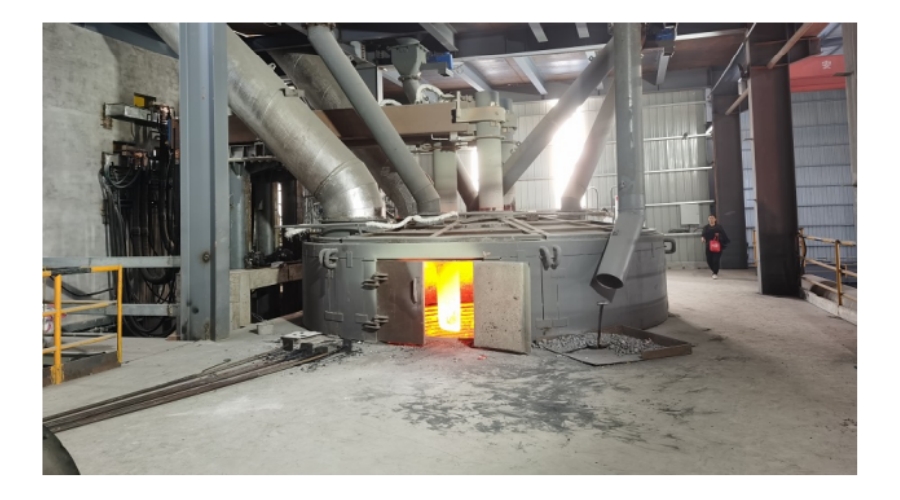The shell of the ore smelting furnace is the external protective structure of the furnace body, which plays a role in insulation, fire prevention, wear resistance, corrosion resistance, etc. It is an important component of the ore smelting furnace, directly affecting the service life and work efficiency of the furnace body.
A submerged arc furnace is a type of equipment used for ore smelting, which heats and melts the ore at high temperatures to extract useful metals from it. As the external protective structure of the furnace body, the furnace shell must have certain physical and chemical properties to cope with extreme working conditions such as high temperature and corrosion. At the same time, the furnace shell also needs to have good insulation performance to ensure the stability of the internal temperature of the furnace body.
Firstly, the furnace shell must have excellent high-temperature resistance. The working temperature of a submerged arc furnace is usually in the hundreds or even thousands of degrees, so the furnace shell must be able to withstand thermal expansion and stress in a high-temperature environment. This requires the material of the furnace shell to have a high melting point and thermal expansion coefficient to ensure that it will not deform or crack at high temperatures.
Secondly, the furnace shell also needs to have good corrosion resistance. In ore hot melting furnaces, strong corrosive substances such as acidic solutions or high concentration salt solutions are often used. Therefore, the material of the furnace shell must be able to resist the erosion of these corrosive substances to ensure the normal operation and service life of the furnace body.
In addition, the furnace shell also needs to have certain wear resistance. In ore smelting furnaces, some ores with higher hardness are often used, which will cause certain wear and tear on the surface of the furnace shell during the melting process. Therefore, the material of the furnace shell must be able to resist these abrasions to ensure the service life and work efficiency of the furnace body.
Finally, the furnace shell also needs to have good insulation performance. The high temperature in the ore smelting furnace has a certain degree of radiation heat and conduction heat to the surrounding environment, so the furnace shell must be able to effectively isolate the high temperature inside the furnace to ensure the safety of the surrounding environment and the comfort of workers' operation.
In summary, the shell of the ore smelting furnace is an important component of the furnace body, which has properties such as high temperature resistance, corrosion resistance, wear resistance, and insulation. It not only protects the furnace body from the influence of the external environment, but also ensures the normal operation and service life of the furnace body. Therefore, when designing and selecting the shell of a submerged arc furnace, it is necessary to comprehensively consider factors such as the working conditions of the furnace body, the physical and chemical properties of the furnace shell material, as well as economic and reliability. Only by selecting appropriate furnace shell materials and designing the furnace shell structure reasonably can the normal operation and efficient smelting of the submerged arc furnace be ensured.

